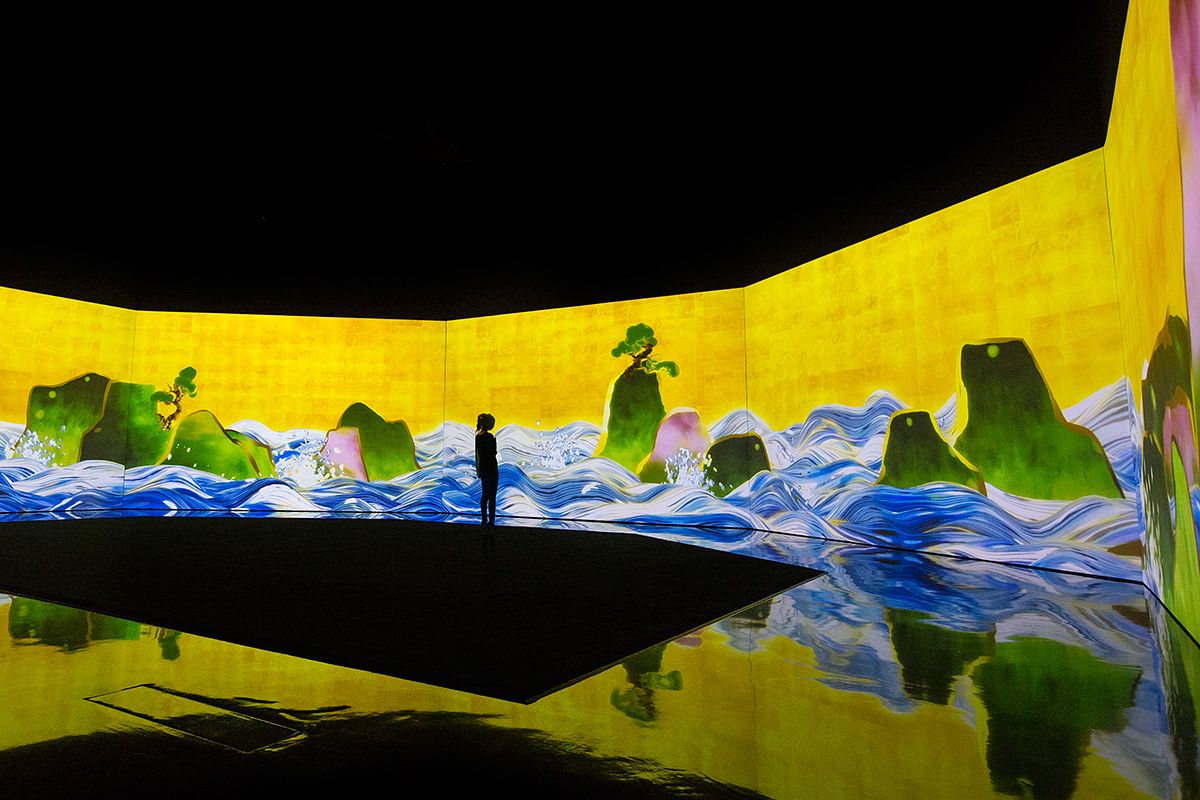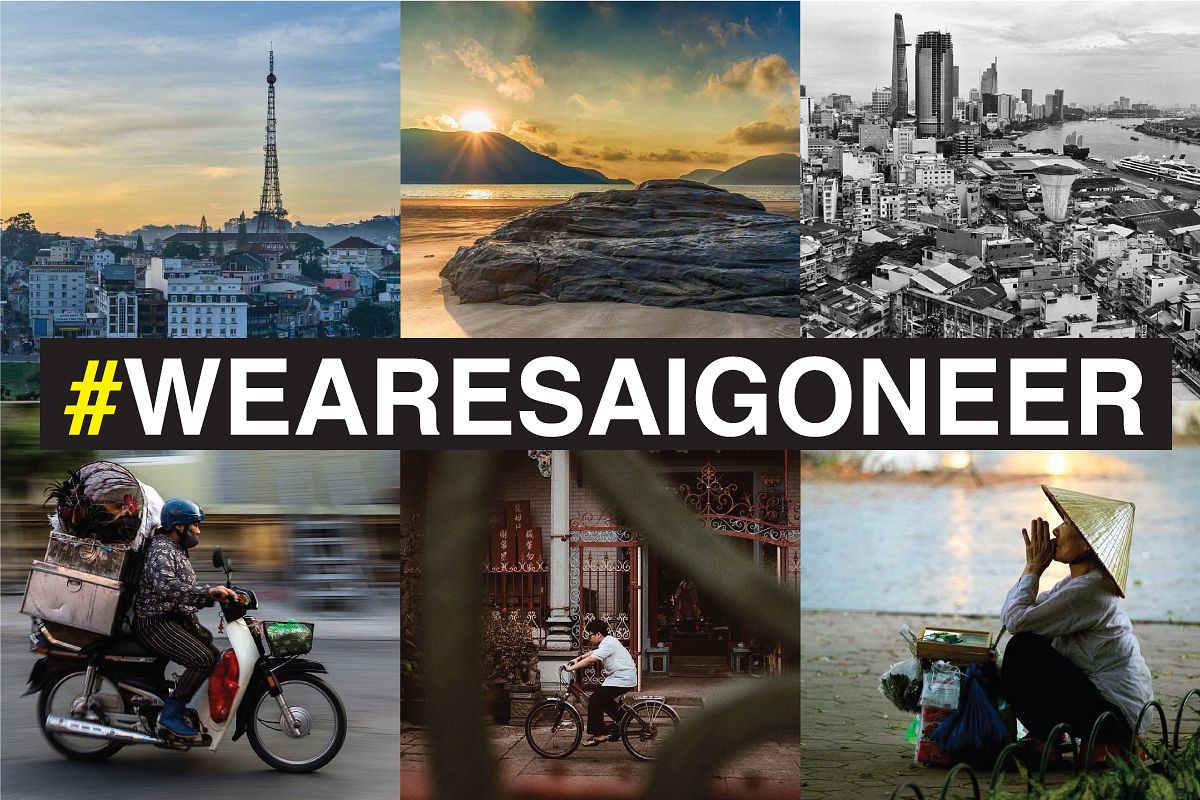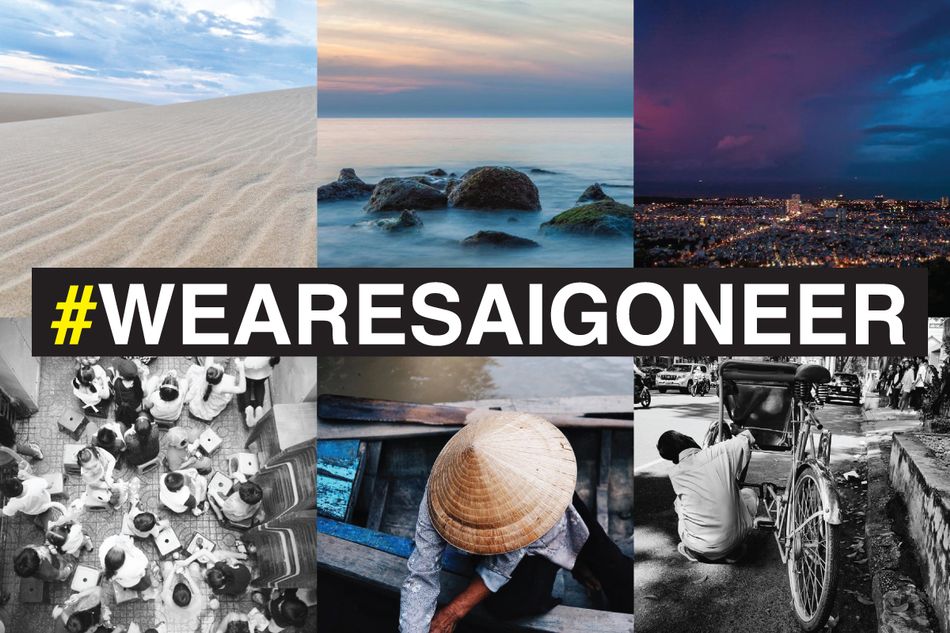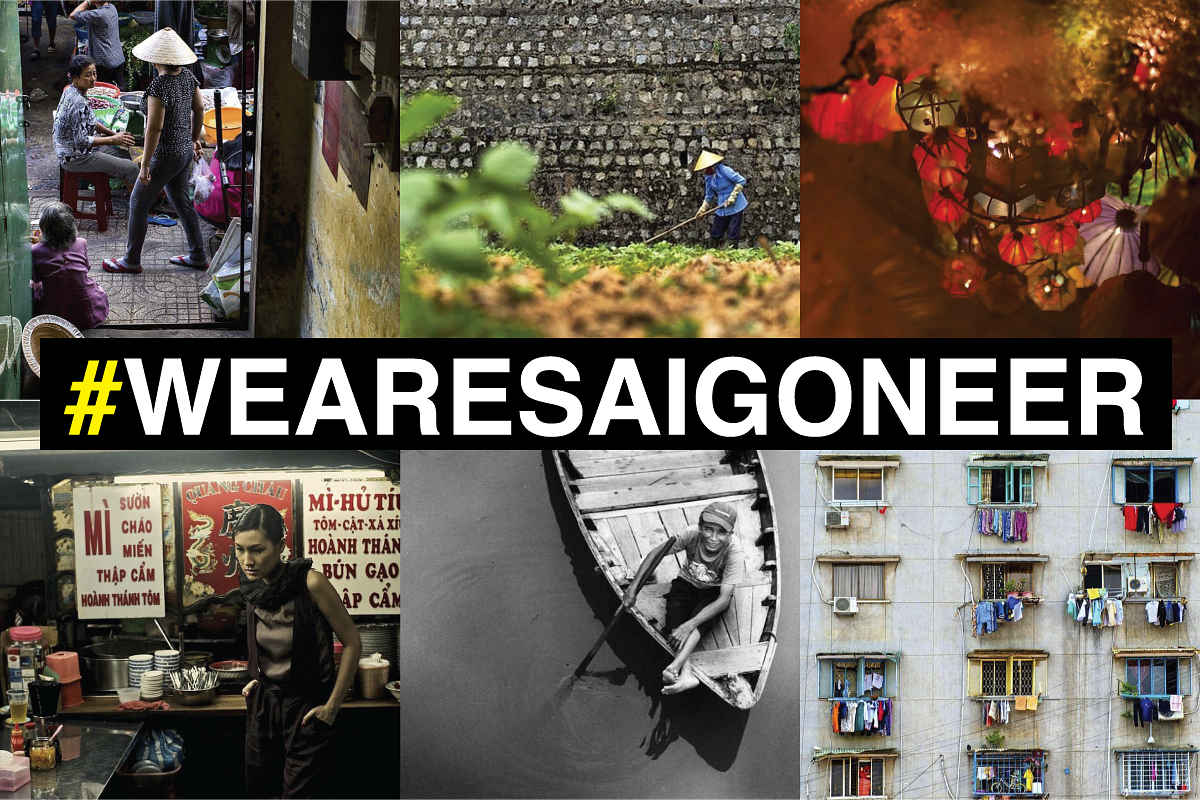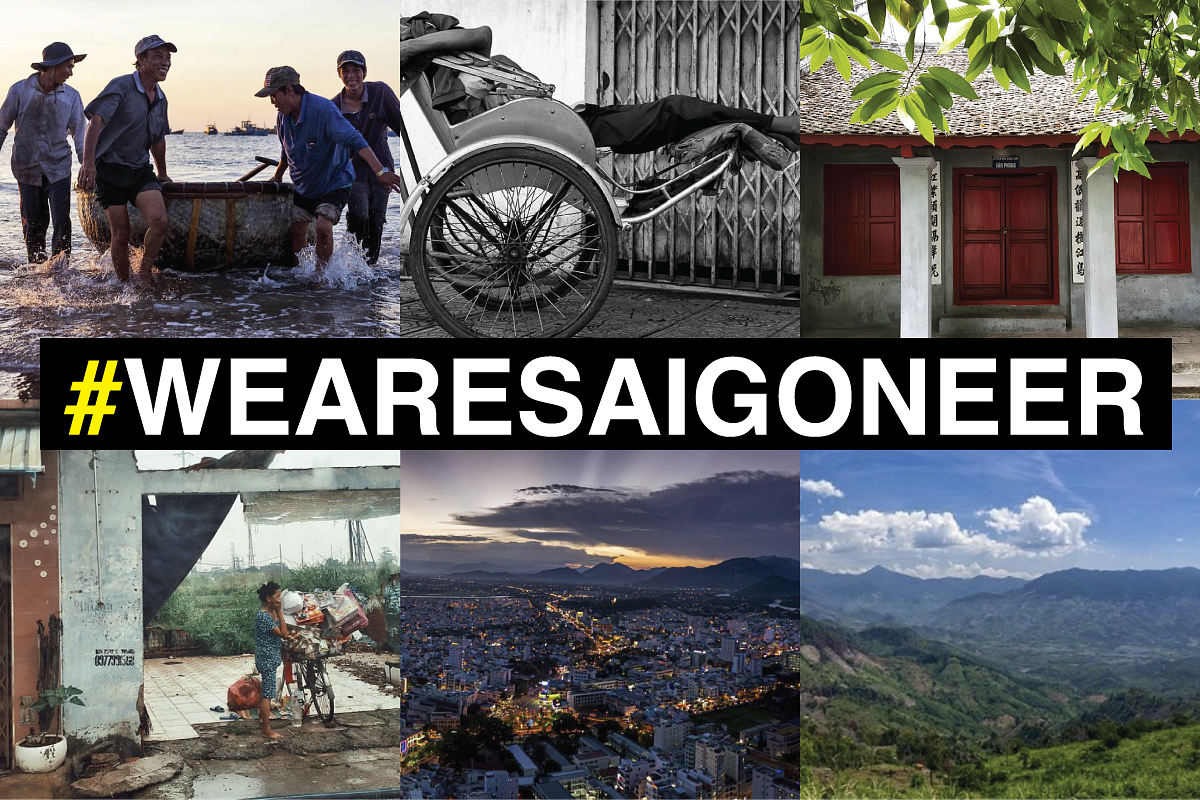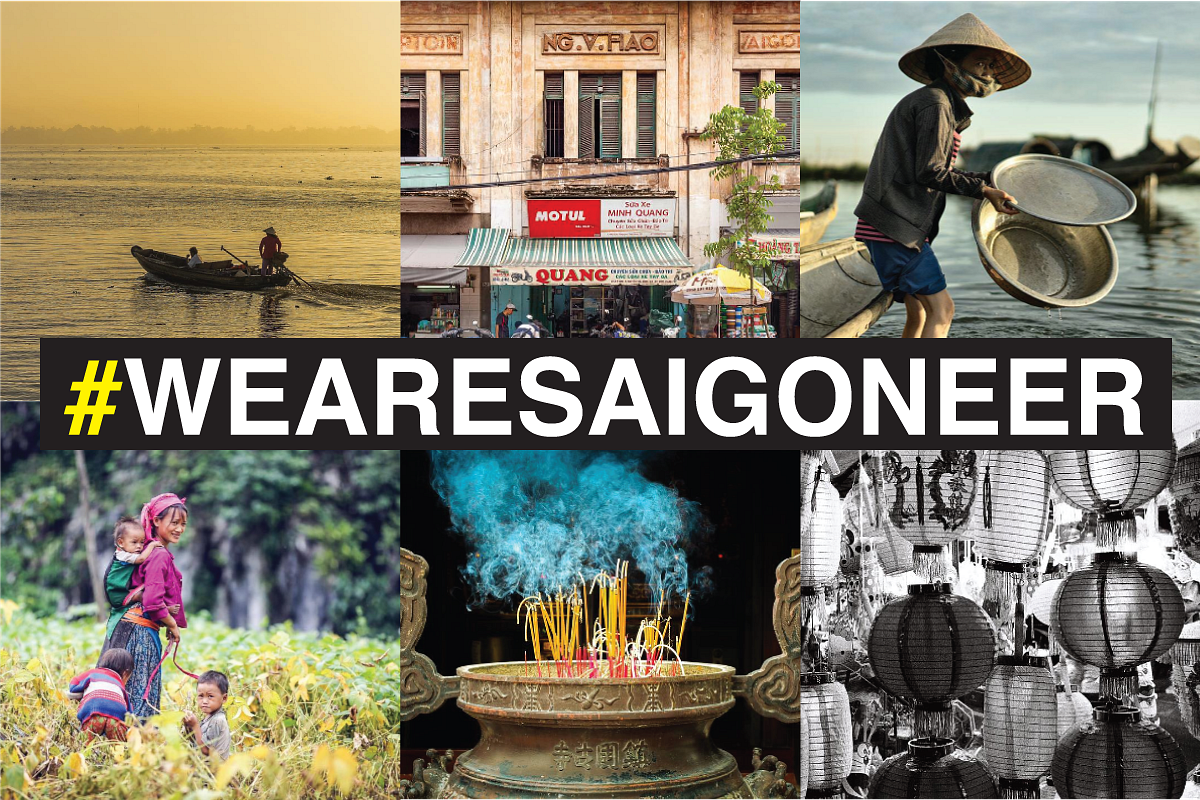For many people, particularly from younger generations, art museums can seem a little stale. When there are so many digital entertainment outlets, standing in a room and silently contemplating a painting or sculpture doesn’t sound like a great time.
ArtScience Museum, a lotus-shaped structure located in Singapore's immense Marina Bay Sands complex, understands this. Since opening in 2011, the facility has worked to bring together the seemingly disparate worlds of art and science, a unique effort in the museum world.
“The role of the art museum is changing, not just in Singapore, but internationally,” Honor Harger, executive director of ArtScience Museum tells Saigoneer. “We believe that museums are places for everyone.”
This mission is perfectly embodied by Future World: Where Art Meets Science, the museum’s first permanent exhibiton, which opened on March 12. The installation was created by teamLab, a creative group formed in Tokyo in 2011 which includes professionals from a number of digital fields, such as artists, engineers, animators, mathematicians and graphic designers. This is also teamLab’s first permanent exhibition after holding temporary installations in places like Taipei and Silicon Valley over the last few years.
Universe of Water Particles. Video via YouTube user TEAMLABNET.
Future World currently features 15 installations divided into four chapters: Nature, Town, Park and Space. Many of the installations are interactive and even kid-friendly, allowing visitors to collaborate and use the technology as they desire.
For example, the first gallery includes three different pieces: Flowers and People, Ever Blossoming Life IIand Flutter of Butterflies Beyond Borders. You walk into a darkened room, where digital flowers bloom on the walls and even under your feet if you stand still long enough. Wipe your hand across a bunch of flowers and their petals spread across the wall. Butterflies flutter by as well and react to your presence. The experience is immersive, allowing you to forget that you are playing with remarkably cutting-edge technology.
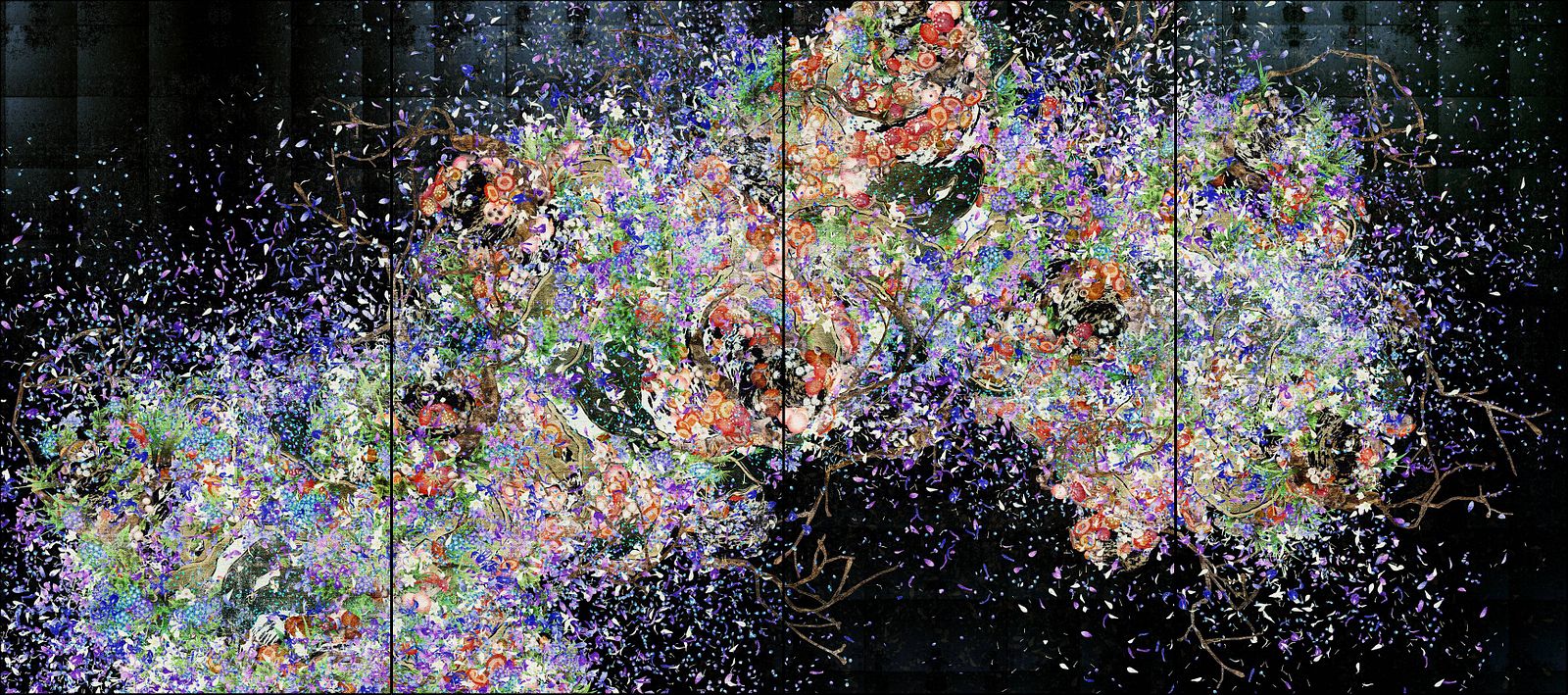
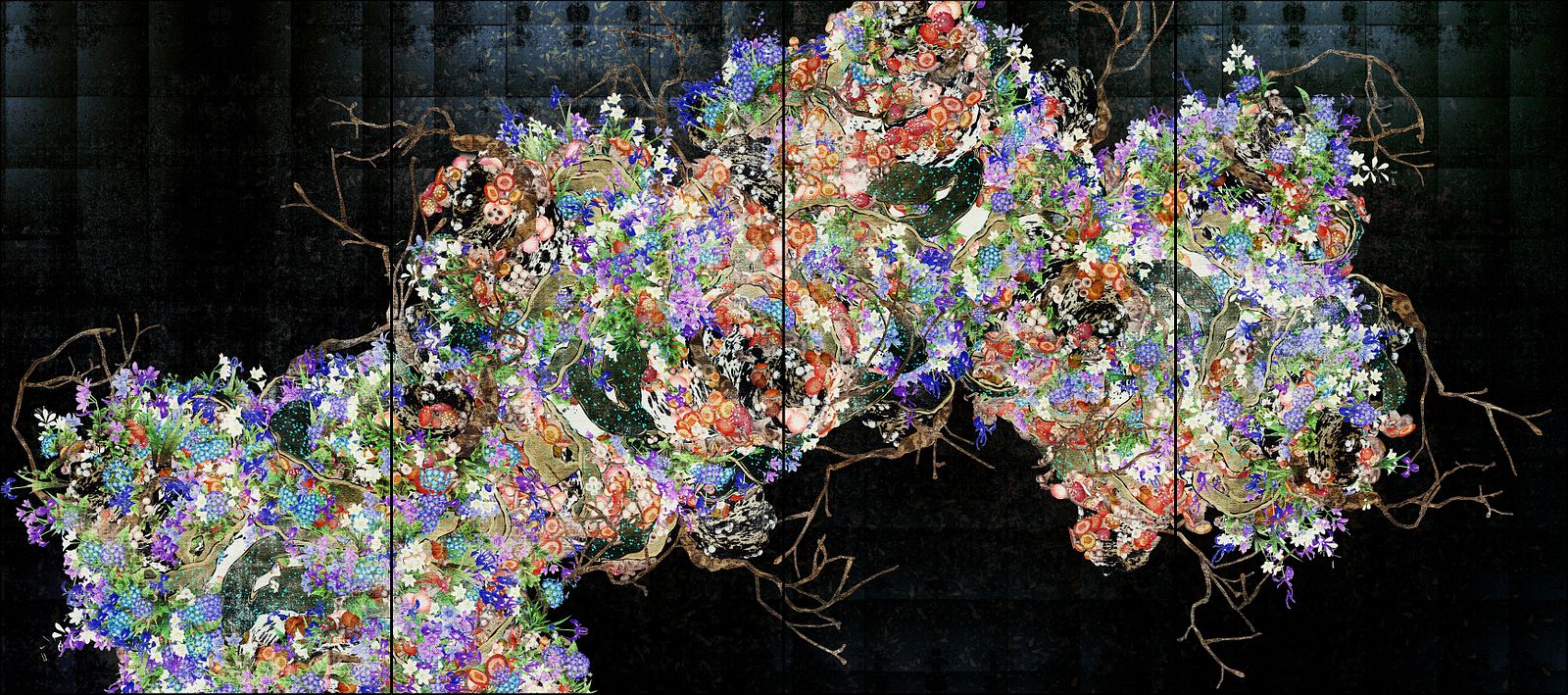
Flowers and People (2016) highlights the impact people have as they move through nature.
This is exactly what teamLab wants visitors to feel. Toshiyuki Inoko, a cofounder of the group, says: “We don’t want to show off our high-tech techniques. We want the people to feel the artwork and think about the relationship between the flowers and the people and think about the nature of that relationship.”
In fact, many of the installations ponder the relationship between humans and nature. 100 Years Sea Animation Diorama surrounds viewers on three sides with a seemingly benign image: clusters of rocks sitting in the sea, an image reminiscent of traditional Japanese art. Then the animation begins, using data from the World Wildlife Foundation to depict 100 years of predicted sea level rise in 10 minutes, gradually giving visitors the impression of being swallowed by the sea as the room turns blue.

Sketch Aquarium (2013) offers a fully interactive underwater world.
Sketch Aquarium, located in the Park section, digitally renders a vibrant, colorful aquatic world spread across a wall. Visitors can draw their own fish and scan them into the aquarium, where you can then touch the wall to interact with the fish. This is a fun installation and certainly appeals to kids, but it also illustrates the ease with which humans can interfere with a natural habitat.
The Town area is by far the most fun and brings out the kid in everyone. Sketch Town allows you to scan buildings and vehicles into a digital town with which you can interact and even features a fire-breathing dragon. A Table Where Little People Live portrays an interactive, miniature community on top of a table. You can place objects in the way of the little people, or make it rain, drop hamburgers on them and more.
Nearly everything the members of my group did elicited a different reaction from the people. Installations like this once again highlight the philosophy of both the musem and teamLab.
“What’s amazing about teamLab’s artwork is that it speaks to everyone, whether you’re an eight-month-old baby – and I’ve seen babies inside the installation and they are completely transfixed – or if you’re a 90-year-old senior, there is a genuine emotional connection for all visitors,” says Harger, the executive director.
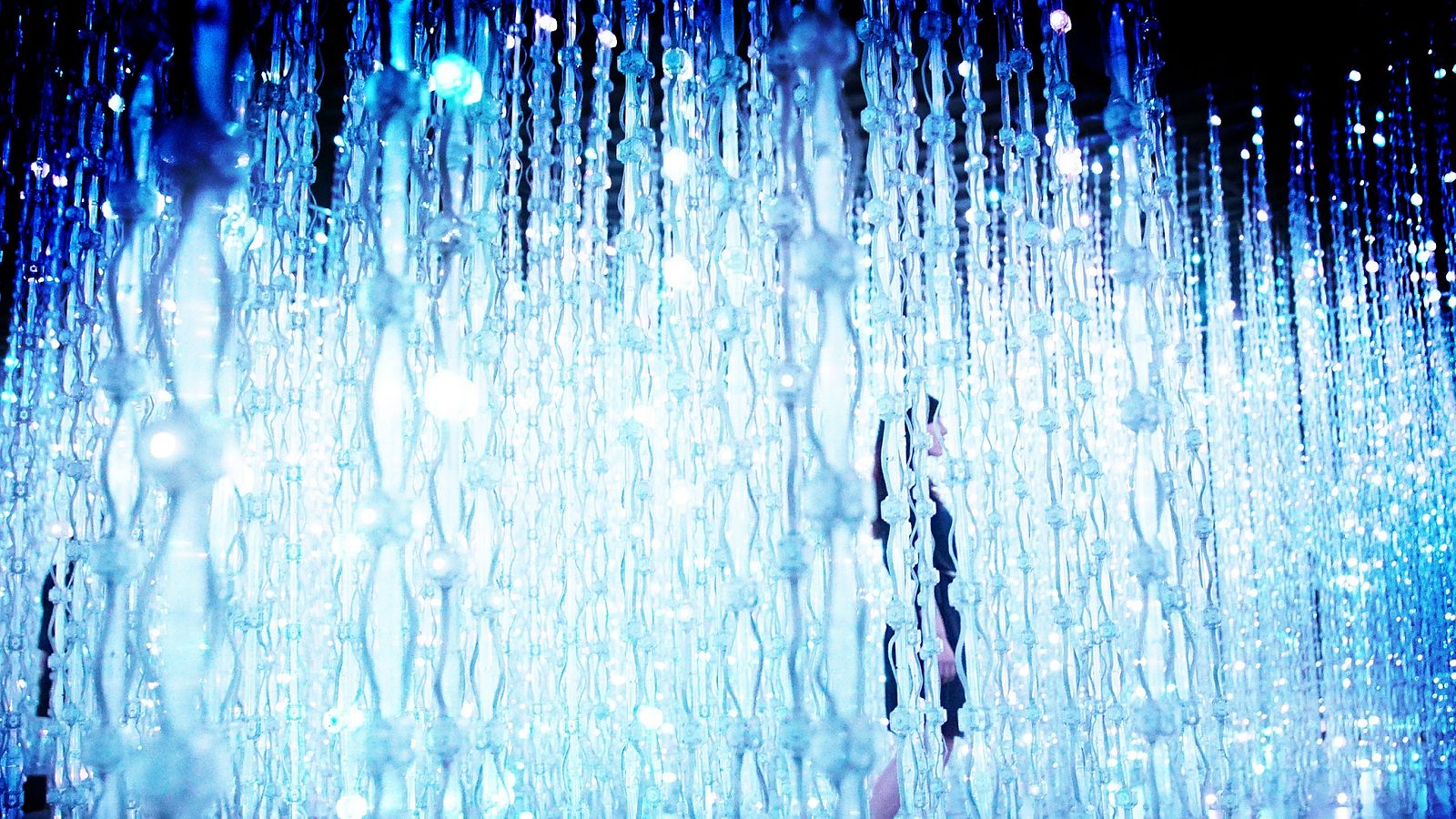
Crystal Universe (2015) places guests inside the heart of the universe.
Perhaps the most amazing aspect of Future World is that no two visitors have the same experience. The depth of interactivty in each installation allows your imagination to run wild, while algorithms and advanced digital programs actively work to prevent images from repeating, much like in the natural world.
“The world doesn’t behave in a linear one-to-one way that we would like it to,” says Harger. “For me, the pieces and the way that they behave and the way the artists have created these particular works feel more naturalistic and magical, if you can combine these two seemingly contradictory terms.”
My favorite installations, other than Flowers and People, were Story of the Time When Gods Were Everywhere and Crystal Universe. In the former, hieroglyphic characters stream down a digitally projected wall, and each one you touch creates a different element: trees, sky, fire, wolves, horses and so on. As you press more symbols a layered, completely unique world unfurls across the screen.
Crystal Universe. Video via YouTube user TEAMLABNET.
Crystal Universe, the last installation and the focus of the Space section, uses teamLab’s 4D Vision technology and 170,000 LED lights on strands hanging from the ceiling to the floor to depict planets, stars, galaxies and even gravitational waves. Visitors can upload, say, Mars to the installation’s website, and the Red Planet will then be projected through the lights. This installation, like several others, is difficult to describe. The entire thing is best experienced in person.
Fortunately, for readers in Vietnam, teamLab will likely bring their incredible mix of children’s museum-like interactivity and rigorous science and technology to Vietnam within the next year. Details are thin at the moment but keep an eye out for news, as their creations are truly remarkable.
teamLab's Future World is now showing at ArtScience Museum, 6 Bayfront Ave, Singapore.
[Photos courtesy of ArtScience Museum]

